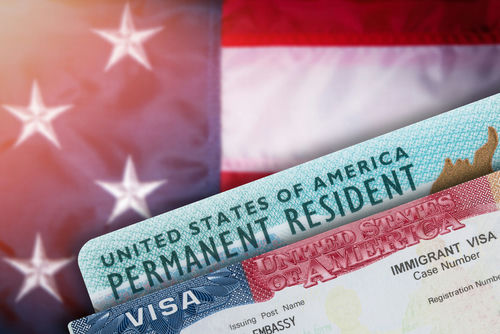As a result of a high-tech criminal operation, a fake passport just passed a scanner at a major international airport, and the border agent waved the man through.
The New Criminal Data Farm
Forget the image of a lone hacker in a dark room. The modern forgery operation starts in what looks like a tech startup, a “data farm” with rows of high-end computers. These machines run 24/7, not mining for cryptocurrency, but harvesting millions of identities. This is an industrial-scale identity factory, and its first job is to steal a person.
Stealing Your Digital Ghost
Before a forger can touch a printer, they need a real identity. They get this in two ways. The first is personal: a convincing phishing email that looks just like an airline update. A frequent traveler, let’s call her “Sarah,” clicks the link, logs in to “check on her flight,” and her entire travel identity, including passport details, is now for sale on the dark web.
The second method is massive and impersonal, part of the “breach economy.” Hackers use “digital lockpicks,” such as SQL injection tools, to trick the databases of airlines and even government systems. They methodically extract complete identity profiles, and a single successful breach can yield half a million passport numbers overnight.
A Black Market for People
This stolen data isn’t just dumped onto a forum. It’s processed. Criminals run the data through the same kind of identity verification software that banks use, creating a “quality control” system for stolen identities. In climate-controlled server rooms, whiteboards show pricing charts. A premium identity might sell for $1,500, but a government employee with security clearances could be worth $5,000. An identity with dual citizenship and a clean credit history? That can fetch $15,000.
Shopping for a New Face
Forgers shop for these identities on encrypted marketplaces that look shockingly professional. They use the Tor browser to hide their location and pay with Bitcoin. These criminal sites have user ratings, customer support, and fierce competition. The forger isn’t just buying a name; they’re finding a puzzle piece. They use facial recognition software in reverse, searching for a stolen identity whose legitimate photo plausibly matches their client.
The biggest risk these forgers face is the “honeypot.” This is a fake, professional-looking marketplace run by the FBI or Interpol, designed to catch buyers in the act. Paranoid criminals even use special software to analyze a marketplace’s behavior, looking for patterns that might suggest it’s a government operation.
The Digital DNA Laboratory
Once the data is bought, the ones and zeros must become a physical document that can fool a machine. This happens in a “digital workshop,” perhaps in a warehouse in Bangkok, that looks more like a software company than a criminal enterprise. This is where casual crime becomes technical mastery.
The team’s primary focus is on the passport’s digital DNA: the Machine Readable Zone (MRZ). That’s the block of text, numbers, and chevrons (<) at the bottom of your passport’s data page. It’s not random gibberish; it’s a highly standardized, complex code containing all your key information in a specific format.
From Code to Creation
This criminal enterprise has its own “MRZ laboratory”—banks of computers running custom algorithms. Their sole job is to perfectly calculate and encode the stolen data into a new, valid MRZ string. This digital file is the heart and soul of the high-tech fake passport.
This perfect digital file is then combined with flawless physical forgery. We’re talking holographic seals created in a clean room, paper with the correct texture and thickness, and ink that reacts properly under UV light. It’s a multi-million dollar investment in equipment, all to create a perfect copy that machines and humans will accept as real.
A New Breed of Criminal
This is the reality of modern, high-stakes forgery. It’s not a small-time criminal with a laminator; it’s a global, industrial-scale operation run by technical masterminds. The battle for identity security is no longer just about a border agent’s trained eye. It’s a high-stakes war over data, algorithms, and multi-million-dollar workshops hiding in plain sight.

